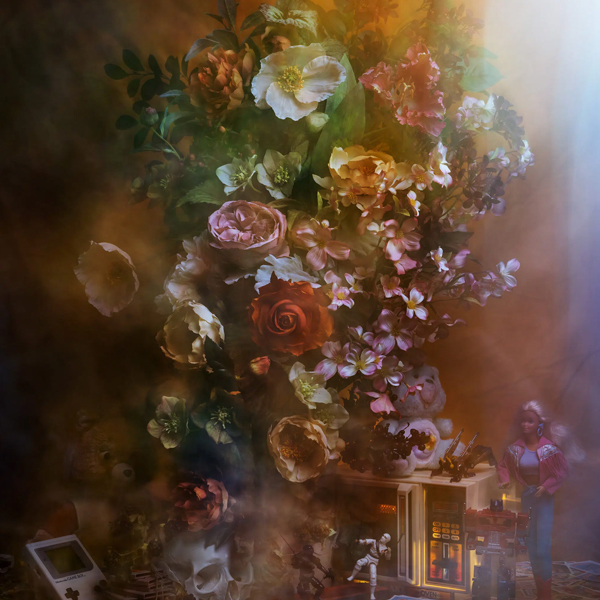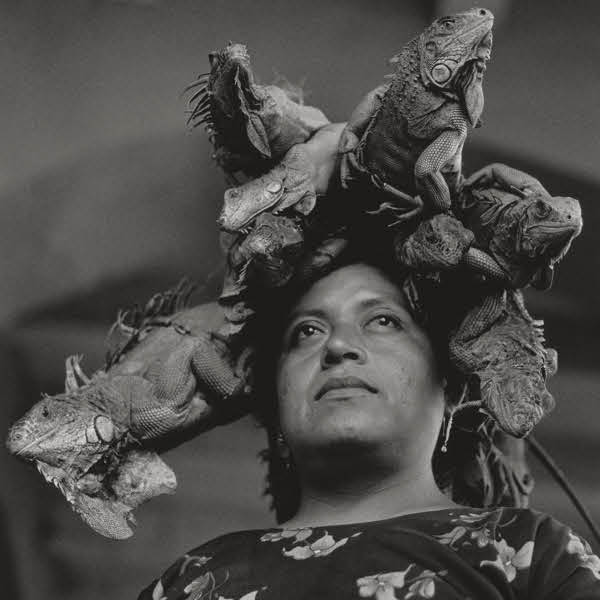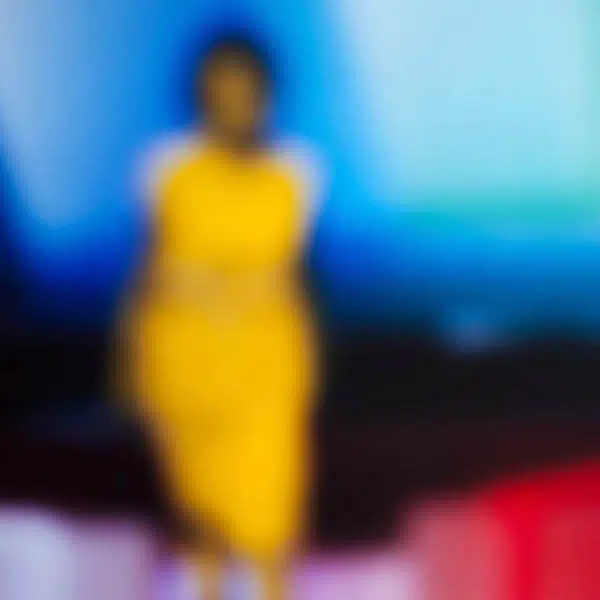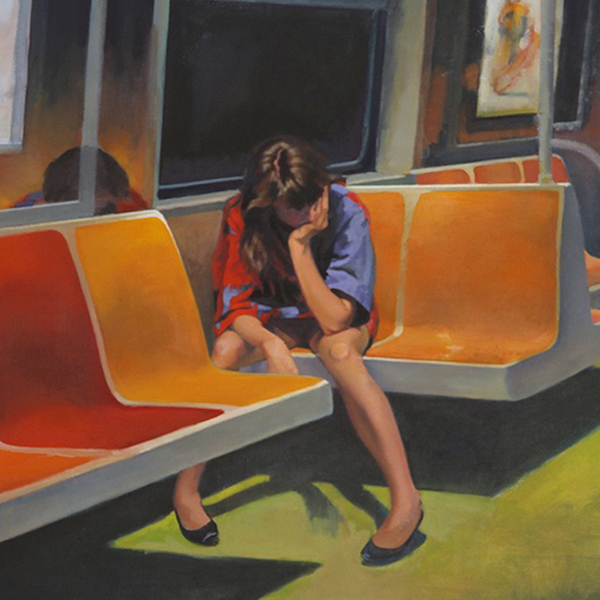Photography team Jamie Beck and Kevin Burg (of Ann Street Studio) spend their days perfecting the creative presentation of living moments known as cinemagraphs. Using high-end cinema cameras, they've pioneered this art form, which features still images that incorporate motion to tell a mesmerizing, visual story. Back in 2011, the artistic duo created their very first cinemagraph and, since then, they've worked with clients such as Google, Microsoft, Samsung, Volvo, Giorgio Armani, and many other household names. They describe their invention as a “living moment” that can either be used as a GIF on the web or a video on Instagram. Either way, their main goal is to make each cinemagraph come alive as a portal to another world.
To discover more about the spellbinding art of cinemagraphs, Kevin (on behalf of both himself and Jamie) generously agreed to answer a few of our questions. Scroll down to read our exclusive interview with him.

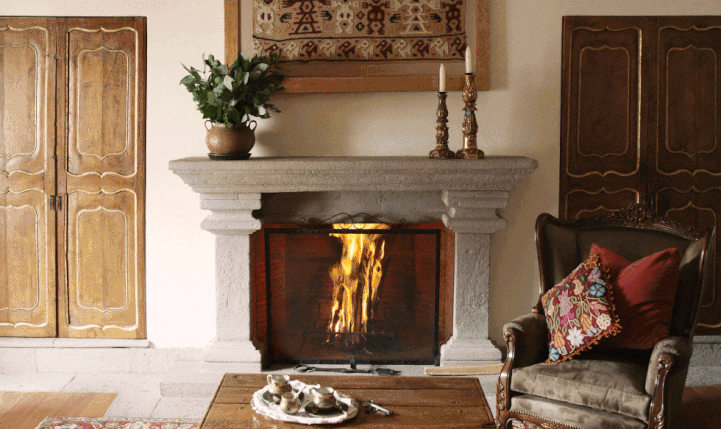
Can you describe the moment you were first inspired to create this new form of art?
I had been experimenting with GIFs on my personal Tumblr page in 2008-2010. I was intrigued by the ability to surprise people through a GIF that would masquerade as a still image on the Tumblr dashboard. This was before GIFs became popular and when Tumblr had a really limited file size rule on GIFs, so they weren't as common as they are now.
There was a moment when I was standing on a subway platform and watched the dog-eared corner of a subway ad moving in the breeze as a train approached–it was this little piece of motion against a static background. That was when it clicked for me that Jamie and I could create images specifically for this format, which we did soon thereafter.
How do you go about producing these living moments? What tools do you use?
Most often, we're in a controlled setting, in order to direct the moments. We shoot with a RED Dragon cinema camera, which captures super high-quality images up to about 120 frames per second. This gives us a ton of flexibility in how we capture everything, but you certainly don't need a camera like this to create them. A DSLR that shoots video is a great tool and it's what we used for the first year or so.
In post-production, we use Adobe After Effects. It's like Photoshop for video, so it's the perfect tool to create cinemagraphs.

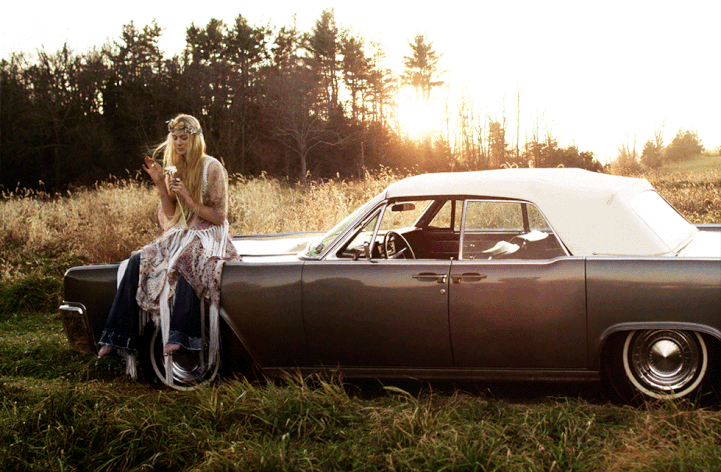
What is the best part about developing a cinemagraph?
In the editing process, there's a moment when it all starts to come together, and it's magical every time. Even a simple blink is just so cool. It's like giving life to a marble statue.
What's the most difficult part?
Most difficult… When we shoot cinemagraphs, there's the huge challenge of getting everything right. On a recent ad shoot, we needed to have a model's hand moving a certain way, but also have her head turned just so, and a smile–but not too much of a smile. To get all of this while also getting that perfect loop is always a major challenge.
Do you plan ahead or do you prefer to be inspired spontaneously and create in the moment?
We always plan ahead. But, two quotes have been floating in my head recently:
“In my films, I always leave the door open to allow life to enter the set.” – Italian director Bernardo Bertolucci, inspired by a similar thing Jean Renoir told him.
“In preparing for battle I have always found that plans are useless, but planning is indispensable.” – Dwight D. Eisenhower
The notion is to make a plan, but also plan for the unexpected. We've thrown out storyboards because on set, looking through the camera, it didn't work and we had to think on our feet and problem solve in a few minutes what we spent the last couple of weeks planning.
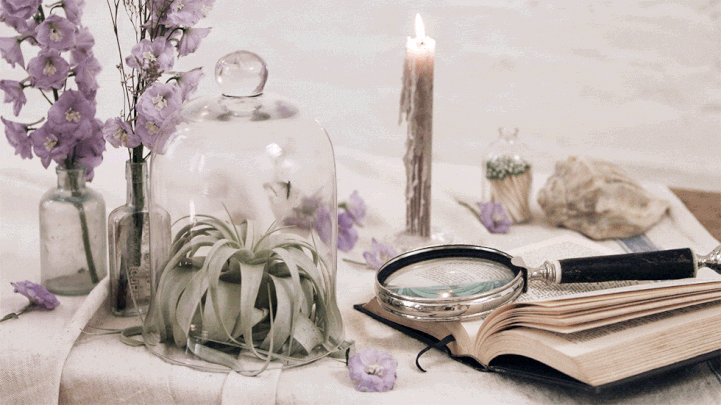
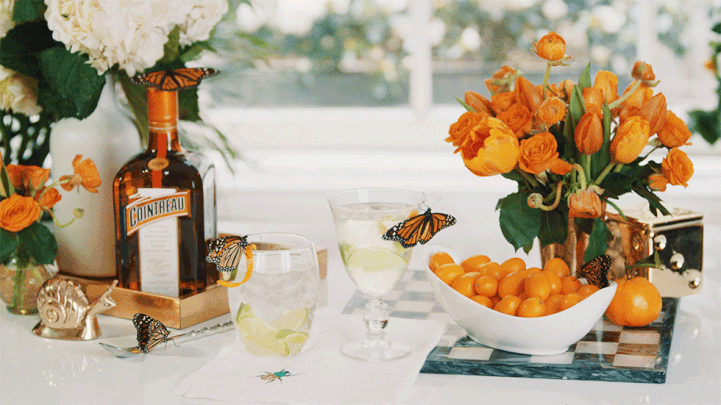
Why do you think brands want to use your cinemagraphs for advertising? Do you think that this promotional trend will continue in the future?
Some of the earliest comments on cinemagraphs were people saying, “I can't stop staring.” We knew this meant huge potential for advertising if we could create something that people actually enjoy. We believe this trend will continue as more and more advertising is digital, which means there aren't boundaries between photography and video like there has been traditionally with print and TV advertising. It's a hybrid world now.
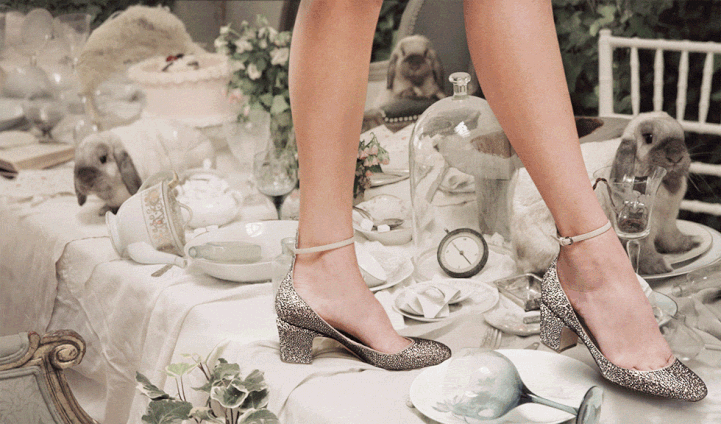
When looking at your portfolio, is there a particular cinemagraph that stands out as a favorite?
One of our favorites is this one featuring Valentino shoes.
The creation was so much fun because we wrote a story and a mythology behind the scene. It's a little bit Return to Oz meets Alice in Wonderland with a tiny bit of LOST thrown in. The story is a fantasy world where a fancy dinner party was abandoned abruptly and has been forgotten for years and overrun by clans of rabbits. In creating this one scene, we got to imagine far beyond what a movie based in this world might be like, what the girl in the cinemagraph might encounter as she explores.
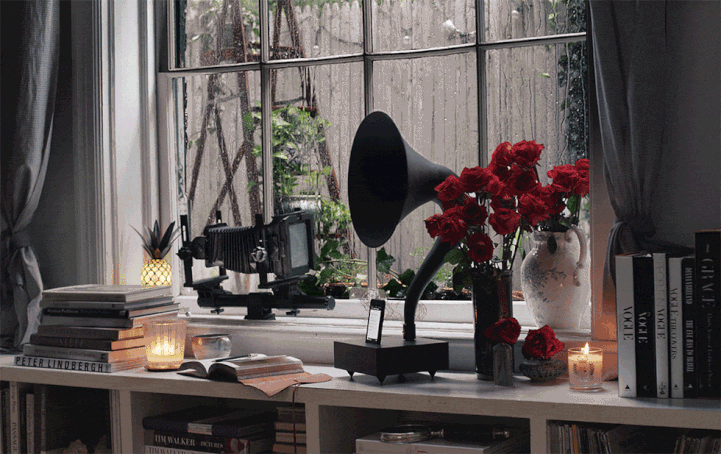
Is there a specific emotion or ambiance you aim to convey in your work?
We skew romantic and classic. Our goal is to give the feeling of a real, believable moment in time in a way that makes the viewer want to keep looking.
What are you currently working on?
We're working on a few digital advertising projects that will come out over the next couple of months, which you might get to see on Instagram. We want to create more work that is created just out of pure passion. It's a challenge to balance work, life, saying yes to opportunities, and making the time to create work that is just for you.
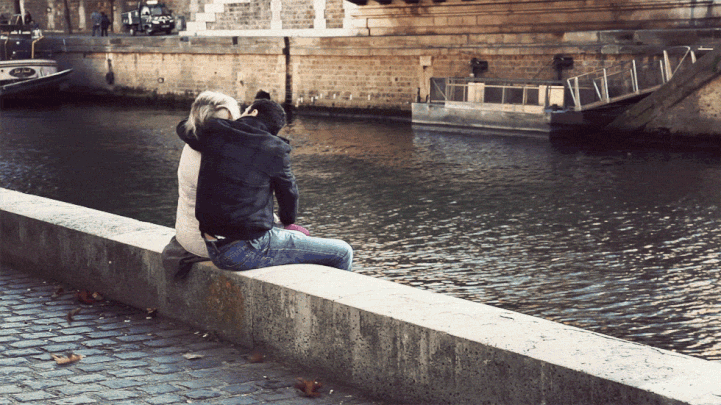
What do you hope viewers take away from your work?
Delight. That's the single thing I hope for in a cinemagraph. I want people to look at one and feel like it was a little treat, a piece of discovery.
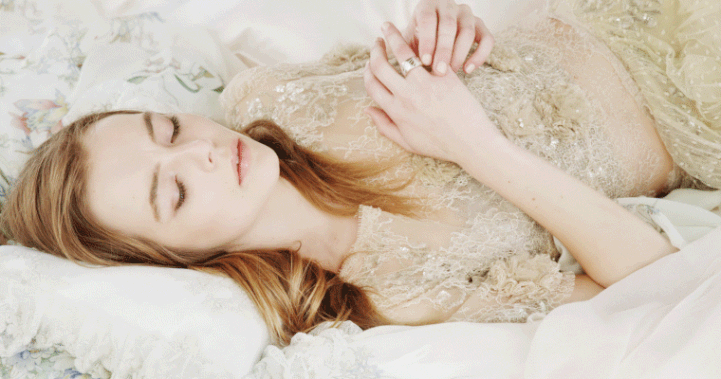
Jamie Beck and Kevin Burg: Ann Street Studio | Cinemagraphs | Facebook | Instagram | Tumblr
My Modern Met granted permission to use cinemagraphs by Jamie Beck and Kevin Burg.













































































